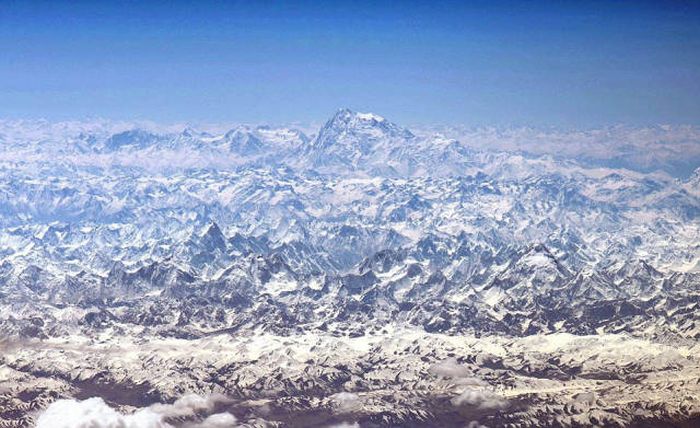|
|
Earth From Space
|
Outer space is the closest natural approximation of a perfect vacuum. It has effectively no friction, allowing stars, planets and moons to move freely along ideal gravitational trajectories. However, even in the deep vacuum of intergalactic space there are still a few hydrogen atoms per cubic meter. By comparison, the air we breathe contains about 1025 molecules per cubic meter. The sparse density of matter in outer space means that electromagnetic radiation can travel great distances without being scattered; the mean free path for a photon in intergalactic space is about 1023 km, or 10 billion light years. The deep vacuum of space could make it an attractive environment for certain industrial processes, for instance those that require ultraclean surfaces.
Stars, planets, asteroids and moons keep their atmospheres by gravitational attraction, and as such, atmospheres have no clearly delineated boundary: the density of atmospheric gas simply decreases with distance from the object. The Earth's atmospheric pressure drops to about 1 Pa at 100 kilometres (62 mi) of altitude. This is known as the Kármán line, a common definition of the boundary with outer space. Beyond this line, isotropic gas pressure rapidly becomes insignificant when compared to radiation pressure from the Sun and the dynamic pressure of the solar wind, so the definition of pressure becomes difficult to interpret. The thermosphere in this range has large gradients of pressure, temperature and composition, and varies greatly due to space weather. Astrophysicists prefer to use number density to describe these environments, in units of particles per cubic centimeter.
|
|









